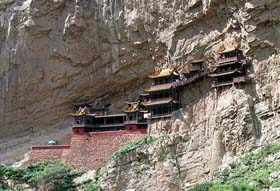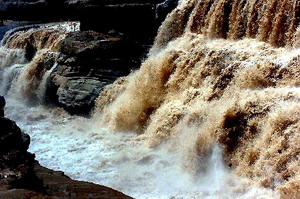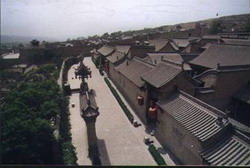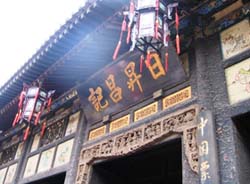Datong Tourism
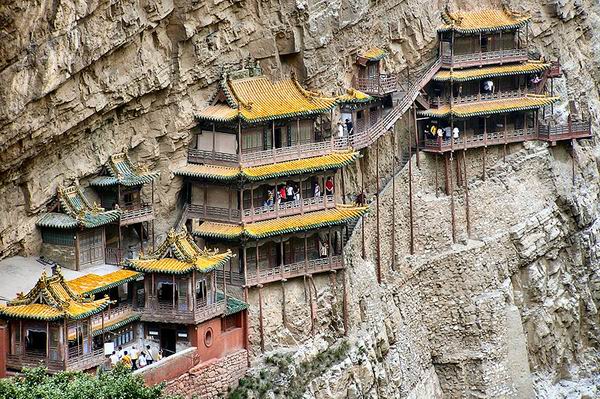
-
City Name:Datong (Chinese: 大同, Pinyin: datong)
-
Population :2,848,000
-
Area :14,112 square km
-
Overview:Known as the 'City of the Coal', Datong has developed into the second largest industrial city in Shanxi due to its advantage in energy.
Overview
Located in the northern Shanxi Province in China, Datong is dotted with its own assortment of ancient landmarks, Strolling outside the Yungang Grottoes, the sight of thousands of Buddhas on a mountain is a real thrill. The Hanging Temple clings to the side of Heng Shan. Inside the city, Drum prower is rising above the shorter buildings and making itself a key point of reference. At night, the Da Xi Street in the commercial district of Datong is filled with peddlers of local food and souvenirs, breathing the cool air filled with the aroma of various spices, this can be your memorable experiences in Datong.
Know More
Dating back to Han dynasty, Datong was founded as Píngchéng in 200 B.C,after the Battle of Baideng between the Han and the Xiongnu. Located near the Great Wall Pass to Inner Mongolia. It blossomed during the following period and became a stop-off point for Camel Caravans moving from China into Mongolia and beyond. sacked at the end of the Eastern Han Dynasty. Pingcheng became the capital of Northern Wei from 398 A.D until 494 A.D. The famous Yungang Grottoes were constructed during the later part of this period (460 – 494 A.D).
In 1048 AD and sacked again at the end of the Ming Dynasty (1649 A.D), Pengcheng was renamed Datong, later was promptly rebuilt in 1652 A.D.
Over centuries, the region's fortunes have wavered. Datong is now an industrial city and an important coal production center. Situated on the Loess Plateau, the old capital is sometimes referrred to as the "Sea of Coal." Convoys of coal-laden trucks and swarms of bicycles clog the flat road to the mountain.
Once out of the city the traffic begins to thin out and the Wuzhou Hills ripple into view. Stone watch towers that have guarded China's northern border for thousands of years are silhouetted against the horizen. Amid such sparse surroundings, caves full of Buddhas in fanciful poses come into view.
Must see
- Yungang Grottoes
- Hanging Temple
- Inside Datong
From thumb-sized figurines to a 17m colossus, the Buddhist carvings at Yungang are one of the most spectacular holy sites in China. Clustered in groups, the Yungang Grottoes are meant to be viewed as a whole. This endeavor will take a few hours, but considering the carving took almost half a century and 40,000 laborers to complete, the few hours spent exploring these majestic Grottoes is time well-spent.
The temple is a Northern Wei dynasty structure that clings precariously to the side of the Heng Shan mountain range, it has about 1,500 years history. Caves carved into the cliffs or along natural contours make up the rooms and walkways, and bridges connect the different halls. Rain or shine, a few dozen slender beams acrobatically balance the temple and visitors walking on top of the narrow squeaky walkways.
The Drum Tower is located in the downtown area, rising above the shorter buildings of the city and making itself a key point of reference.
The Nine Dragon Screen, a preserved Ming dynasty wall section, is 8m high, 45m long and 2m thick, about four times larger and 350 years older than a similar one in Beijing's Beihai Park.
The Huayan Monastery is unusual in that it faces east whereas most temples in China face south. It's one of China's few remaining wooden Buddhist temples.
